The Passenger Car Seat Market is currently characterized by a dynamic competitive landscape, driven by innovation, sustainability, and technological advancements. Key players such as Adient (US), Lear Corporation (US), and Faurecia (FR) are actively shaping the market through strategic initiatives aimed at enhancing product offerings and operational efficiencies. Adient (US), for instance, focuses on integrating advanced materials and smart technologies into their seating solutions, which positions them favorably in a market increasingly leaning towards comfort and safety. Meanwhile, Lear Corporation (US) emphasizes digital transformation and connectivity in their products, reflecting a broader industry trend towards smart vehicle integration. Faurecia (FR) is also notable for its commitment to sustainability, as it seeks to reduce the environmental impact of its manufacturing processes, thereby appealing to eco-conscious consumers.
The business tactics employed by these companies reveal a concerted effort to localize manufacturing and optimize supply chains, which is crucial in a moderately fragmented market. This competitive structure allows for a diverse range of offerings, yet the influence of major players remains significant. The collective strategies of these companies not only enhance their market positions but also contribute to a more resilient supply chain, which is essential in navigating the complexities of global trade and logistics.
In August 2025, Adient (US) announced a partnership with a leading automotive manufacturer to develop next-generation seating systems that incorporate AI-driven comfort adjustments. This strategic move underscores Adient's commitment to innovation and positions them at the forefront of the smart seating revolution. By leveraging AI technology, Adient aims to enhance user experience, which could potentially set new standards in passenger comfort and safety.
In September 2025, Lear Corporation (US) unveiled its latest line of connected seats, which feature integrated sensors to monitor passenger health and comfort. This initiative not only aligns with the growing trend of health-conscious consumerism but also reflects Lear's strategic focus on digitalization. By incorporating health-monitoring capabilities, Lear is likely to attract a new segment of consumers who prioritize wellness in their travel experiences.
In July 2025, Faurecia (FR) launched a new initiative aimed at achieving carbon neutrality in its production processes by 2030. This ambitious goal highlights Faurecia's proactive approach to sustainability, which is becoming increasingly vital in the automotive sector. By committing to carbon neutrality, Faurecia not only enhances its brand reputation but also positions itself as a leader in sustainable practices, potentially influencing industry standards.
As of October 2025, the competitive trends within the Passenger Car Seat Market are increasingly defined by digitalization, sustainability, and the integration of advanced technologies such as AI. Strategic alliances are becoming more prevalent, as companies recognize the need to collaborate in order to innovate and meet evolving consumer demands. Looking ahead, it appears that competitive differentiation will increasingly hinge on innovation and technological advancements rather than solely on price. The shift towards reliable supply chains and sustainable practices will likely redefine the competitive landscape, compelling companies to adapt and innovate continuously.


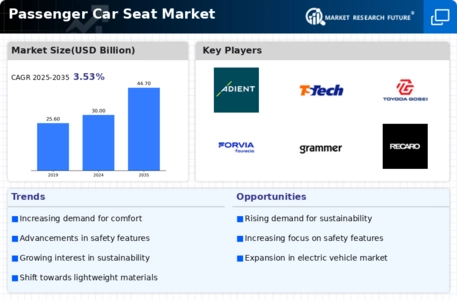

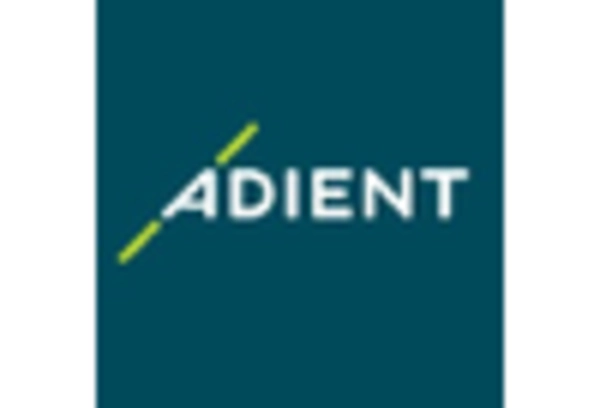


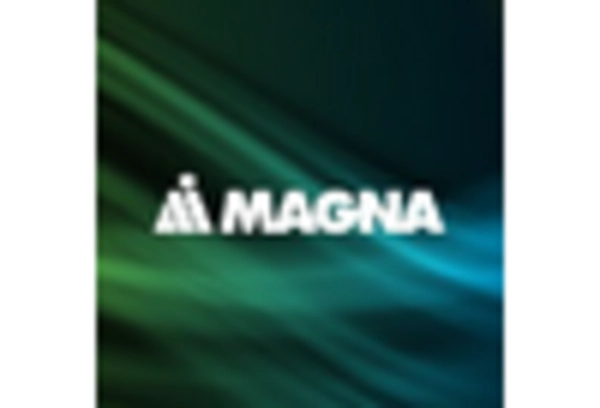
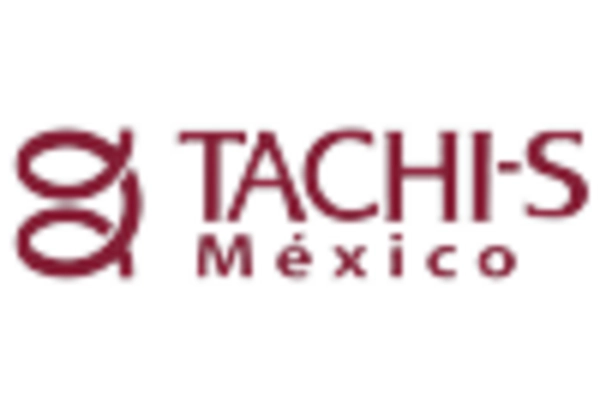
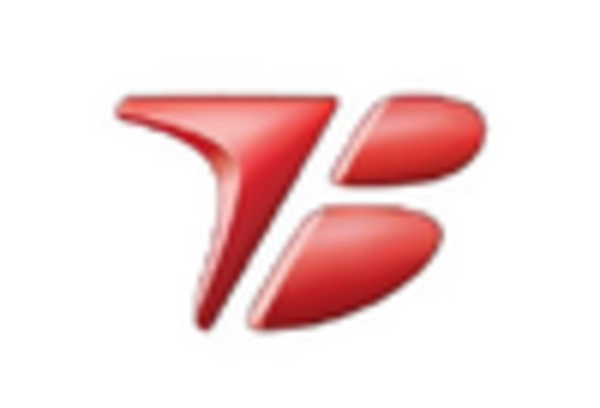








Leave a Comment